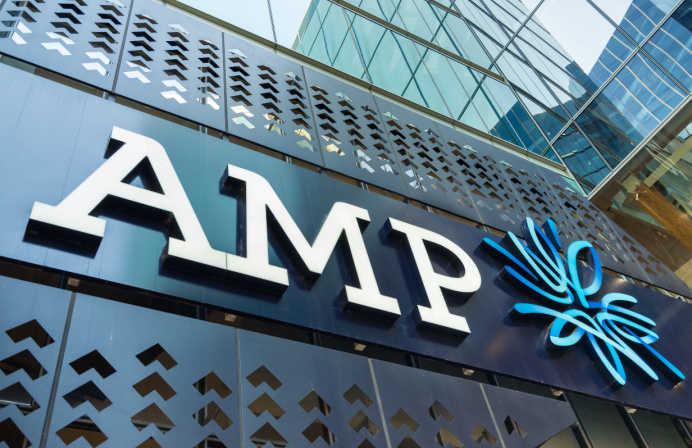
AMP Group has announced it will launch a new digital bank built specifically to service sole traders and small business customers, a market it says is “ripe for disruption”.
AMP has partnered with Banking as a Service (BaaS) platform developer Engine by Starling, a subsidiary of the breakout UK-based neobank Starling, whose modularised platform will underpin the new SME-focused bank’s new digital-only offering.
The new bank is set to be in market by the first quarter of 2025.
AMP Bank chief Sean O’Malley confirmed that, while it will fall under its existing banking arm, the new digital bank will effectively function as a standalone entity and ringfenced from the rest of the division.
AMP’s new digital offering is almost singularly focused on sole traders, micro- and small businesses (between one and 20 employees), with a pared-back product offering – at least, initially.
Lending will not be the focus, at this stage, for its new digital bank, with AMP leading its offering with a transaction banking, payments and deposit product suite.
The platform, O’Malley said, will offer a “feature-rich” banking experience, providing spending insights and a real-time payments capability, debit cards, as well as seamless integration with SMEs’ existing accounting software ecosystem.
“[The new bank] will be designed to provide tailored functionality and features to help small business owners manage their finances ‘on-the-go’ from their mobile phones,” AMP said in a statement.
However, the new bank is not strictly limited to SME customers, O’Malley confirmed, noting it will also move to capture retail consumers, with a “focus on their transaction needs”.
AMP has earmarked around $60 million over FY24 and FY25 to roll out the new banking offering, around two-thirds of which is capitalised.
AMP chief financial officer Blair Vernon said the funding will be repurposed from its existing $120-150 million business simplification and growth program for the FY’24-’25 period, effectively “absorbed within current controllable cost targets”.
The funding allocation, he said, “does not change” the bank’s guidance on its above or below-the-line costs, with AMP “comfortably able to accommodate within the guidance already provided”.
The new SME-targeted bank also opens up a new funding and diversified revenue stream for the wider bank, with chief executive Alexis George acknowledging the currently “low transaction balances in our mix”.
The group’s growth is currently “constrained by funding costs”, she said.
Why Starling?
According to O’Malley, AMP reviewed around 20 BaaS offerings currently in market, both locally and globally, before settling on Starling’s ‘Engine’ platform.
Engine’s clear “differentiator”, he said, was its “deep core”, which integrates the app experience, staff experience and customer experience into a single, modularised platform.
O’Malley also recognised Starling’s success in the UK market, noting that AMP will be able to leverage its expertise as a successful digital-only consumer bank.
Since its launch just six years ago, Starling has notched up around 3.6 million accounts and captured 9.4 per cent business banking market share in the UK.
O’Malley also singled out Engine’s integrated and “seamless” human support function, featuring a 24/7 contact centre – a capability he said will also be rolled out for AMP’s digital bank.
Over the next 12 months, AMP will enter the build and deployment phase for the new platform, including market localisation and integration with Australia’s fast payment rails.
Matching Starling’s approach, integration will be “incremental and progressive”, O’Malley said.
AMP is retail-focused, so why target SMEs?
Australia’s SME banking market is “ripe” for a new entrant, AMP chief executive Alexis George argued.
The local SME market, which numbers around 2.6 million businesses, despite experiencing rapid growth in recent years, is chronically underserved by banks, she said.
“Ninety-nine per cent of businesses are small in Australia, and most are in the small trader and micro market.
“AMP is well poised to capitalise on this underserved market, as most [SMEs are] dissatisfied with current offerings.
“[They’re] looking for a connected, simple, digital-first offering – and we bring features and functionality the market is crying out for.”
AMP’s deposit book also stands to benefit from tapping this market, with small traders, micro and small businesses, holding on average around $47,000 in their accounts, while bigger SMEs hold around $168,000.
Deposit balances from the sole trader and small business segment totalled nearly $220 billion as at June 2021.
O’Malley “ambitiously” predicts that AMP could, over time, capture between three to six per cent of the Australian SME banking market.





